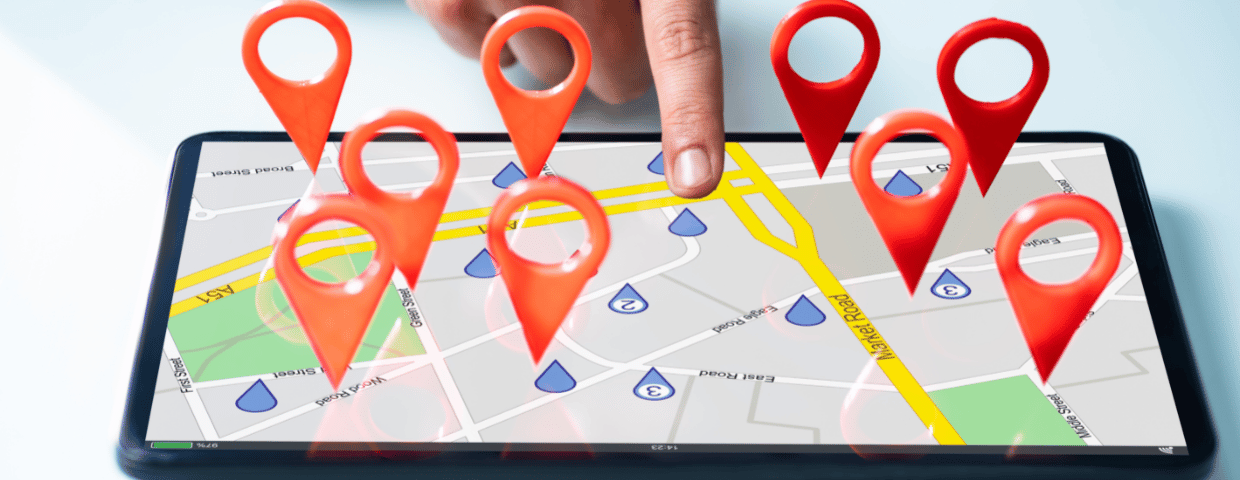Rebuilding your website can be an exhilarating journey, offering opportunities to revitalize your brand and enhance user experience. However, it also demands substantial investments of time and resources. To ensure long-term success, it's crucial to optimize your website for search engines through a well-executed SEO strategy. In this article, we'll provide you with a step-by-step roadmap to successfully rebuild your website while maximizing its SEO potential.
Inbound Marketing Blog
Local search is essential for service-based industries with clients in the same area. We all want to be included in local search queries related to our industries—for instance, for our client, Naylor's Auto Repair, that would be [auto mechanic near me]. By creating and optimizing your Google My Business listing and your website content for your local audience, you can improve your site’s local visibility.
The social media landscape is more competitive than ever. The secret is out, and businesses are jumping at the opportunity to reach large audiences on social media.
One of the best ways businesses use social media to reach new audiences? Social media advertising.
As web designers, your focus can't remain strictly on aesthetics. Functionality must be the framework of whatever you produce. If you can't get your audience to do what you intended them to do, you need to go back to the drawing board. By the way, you should expect to go back to the drawing board, but have a plan! In order to understand how to improve your site layout and your design, you'll need data, and that's where heat maps and other user activity tracking tools can come in handy.
HubSpot offers a variety of tools for its users, and one of the most useful for those trying to grow organic traffic is the Topic Cluster Tool. This easy to use tool makes implementing topic clusters and pillar strategies easy in your HubSpot CMS. Let's take a look at what the tool is, how it works, and why you should use it.
As a HubSpot partner agency, all of us at Tribute Media spend quite a bit of time using HubSpot’s tools. Although we might be biased, we’ve tried a lot of other marketing tools, and HubSpot continues to be one of our favorites.
One of the best features of HubSpot’s robust software is its social media tool. We’ve found so much value in HubSpot’s Social Media Management Software, and we’ve used other tools like Hootsuite, Sendible, AgoraPulse, and Buffer, to name a few.
As businesses continue to rely on the internet to reach new customers, having a user-friendly, visually appealing, and functional website is essential for your business. However, building a custom website can be a complex and time-consuming process, requiring technical knowledge, design skills, and a significant investment of time and resources. But, with HubSpot CMS, it doesn't have to be.
In this blog post, we will explore the benefits of building your next website in HubSpot CMS.
If you’re a small business, negative reviews on Google can be especially devastating, and you can’t afford to ignore a bad Google review. If you haven’t been paying attention to your Google reviews, it’s time to wake up and take the wheel. If you don’t have time for reputation management, well, that’s what we are here for. But assuming you do, here are some tips to ensure your Google reviews are a more accurate representation of your business.
One of the primary ways you can improve Search Engine Optimization for your website is by optimizing your images for the web. Our Art Director, Don, explains best practices for image optimization on your website, including information on screen resolution, different file types, and tools for optimization.










